Ten Tax Breaks for Homeowners and Homebuyers
These real estate tax breaks can help homeowners get some money back.


Purchasing a home is considered a major life milestone, but in today’s housing market becoming a homeowner can be difficult and expensive.
Last summer reports showed that renting a home was cheaper than purchasing a property, with renters saving hundreds of dollars more a month than homebuyers. Unlike renters, homeowners face property taxes, mortgage interest, and other financial obligations that can increase their tax bill.
Fortunately, there are some tax breaks for homeowners (and homebuyers) that can make it a little more affordable.
While some of these tax breaks can be complex, and not everyone may be eligible for them, they can provide significant tax savings for those who are.

401(k) or IRA loans to buy a home
To become a homeowner, you will need money for a down payment. If you have an IRA or a 401(k) account, you might be able to tap into those funds to help you buy a home.
Traditional IRA: Savers with a traditional IRA can withdraw up to $10,000 from the account to buy, build, or rebuild a first home without paying the 10% early withdrawal penalty — even if you're younger than age 59½. If you're married, both you and your spouse can withdraw $10,000 from separate IRAs without paying the penalty.
Roth IRA: You can withdraw contributions from your IRA at any time. However, withdrawing earnings is typically subject to taxes (and, for some, penalties). However, if your IRA has been established for at least five years, you can withdraw up to $10,000 of earnings to make a down payment on your first home without incurring penalties or taxes.
(Note: To qualify as a first home, you and your spouse cannot have owned a home for the past two years.) However, even though you escape the penalty, you're still required to pay tax on the amount you withdraw.)
401(k): If you want to pull money out of a 401(k) account to put toward a down payment, you will have to borrow from the plan. You can typically take out a tax and penalty-free loan from your 401(k) plan for up to half of your balance (but not more than $50,000). However, there are some things you should know before you do.
- Money borrowed from a 401(k) usually must be paid back (with interest) within five years, but the repayment period for loans used to purchase a main home can be extended.
- You'll have to repay the loan before your next tax return is due if you leave or lose your job. Otherwise, you'll have to pay taxes on the unpaid balance( and a 10% early withdrawal penalty, depending on your age).

Mortgage interest deduction
For many people, the biggest tax break from owning a home comes from deducting mortgage interest. If you itemize, you can deduct interest on up to $750,000 of debt ($375,000 if married filing separately). The funds can be used to buy, build, or substantially improve your primary home or a single second home.
Allowable mortgage interest tax deduction amounts differ for married taxpayers filing separately and for homes purchased before Dec. 16, 2017.
This tax cut may be in danger due to expiring provisions under Trump’s Tax Cuts and Jobs Act. If Congress doesn’t act, taxpayers can once again deduct interest on up to $1 million of mortgage interest. However, GOP lawmakers are reportedly mulling over ending the tax break or lowering the TCJA $750,000 cap further to $500,000.
For now, if you’d like to deduct interest, your lender will send you a Form 1098 in January listing the mortgage interest you paid during the previous year. That's the amount you deduct on Schedule A (Form 1040).

Mortgage interest credit
In addition to the mortgage interest deduction, there's also a mortgage interest tax credit available to homeowners with lower incomes who were issued a qualified Mortgage Credit Certificate (MCC) from a state or local government to subsidize the purchase of a primary home.
- The credit amount ranges from 10% to 50% of mortgage interest paid during the year. (The exact percentage is listed on the MCC issued to you.)
- The credit is limited to $2,000 if the credit rate is higher than 20%.
- However, if your allowable credit is reduced because of the limit, you can carry forward the unused portion of the credit to the next three years or until used, whichever comes first.
To claim the credit, complete Form 8396 and attach it to your 1040. You also need to report the credit amount on Schedule 3 (Form 1040).
If you claim the mortgage interest credit, you have to reduce your mortgage interest deduction on Schedule A by the credit amount. If you refinance your original loan, you'll have to get a new MCC in order to claim the credit on the new loan — and the credit amount on the new loan may change. Also, if you sell the home within nine years, you may have to repay all or part of the benefit you received from the MCC program.
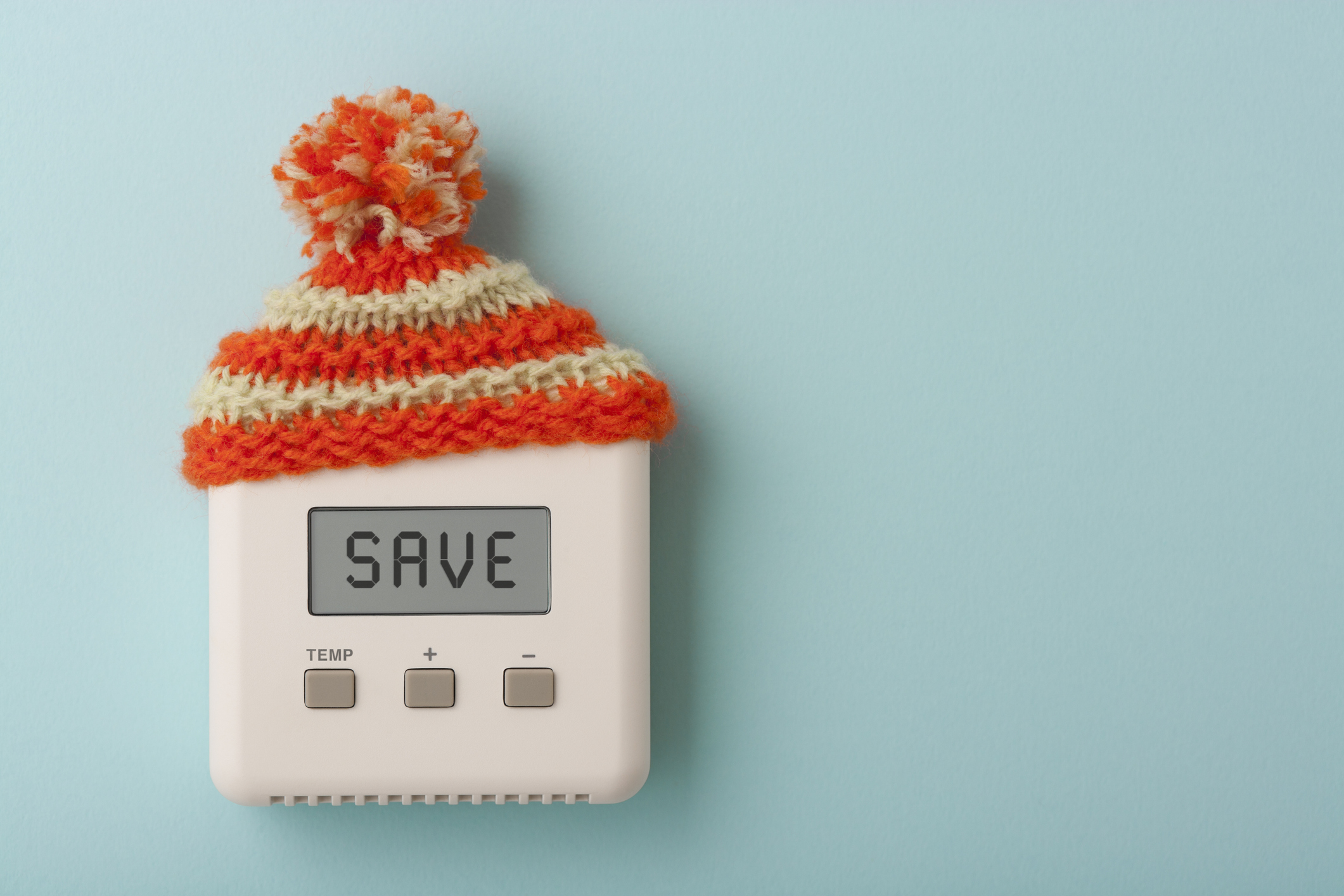
Credits for energy-saving home improvements
The IRS will reward you with a non-refundable tax credit if you install certain energy-efficient equipment in your home. For the 2024 tax year (taxes normally filed in 2025), you'll save 30% on the following qualifying expenses.
- Qualified energy efficiency improvements installed during the year
- Residential energy property expenses
- Home energy audits
The energy efficient home improvement credit is non-refundable, so taxpayers cannot receive any portion of the credit back as a tax refund. And while there is no lifetime limit (until the credit's expiration in 2033), annual limits apply.
- You can claim $1,200 for energy property costs and qualifying energy-efficient home improvements
- Annual credit amounts are limited to $250 per door ($500 maximum), $600 for windows and $150 for home energy audits.
- You can claim a credit of up to $2,000 per year for qualified heat pumps, biomass stoves or biomass boilers.
As of 2025, no credit will be allowed unless the item is produced by a qualified manufacturer. The taxpayer must also report the PIN for the item on their tax return.
If you’re planning on adding energy-efficient improvements to your home, the clock may be ticking. President Donald Trump has hinted at scrapping some clean energy credits.
For more information see Kiplinger’s latest coverage: Homeowners Rush to Install Solar Panels Before Trump Cuts Tax Credits.

Credit for electric vehicle charging equipment
You might know about the EV tax credit for the purchase of electric cars, but did you also know that there's a credit available for installing electric vehicle recharging equipment at your home? The federal tax credit for EV chargers is worth 30% of the costs of the qualifying equipment, up to $1,000.
The EV charger tax credit also applies to "bidirectional" charging equipment, which allows you to charge an electric vehicle's battery or send electricity from the battery back to the electric grid.
Complete Form 8911 to calculate the credit, then claim it on Schedule 3 (Form 1040).
Separately, the Trump administration is reportedly planning on eliminating up to $7,500 federal tax credit for EV purchases. President Donald Trump also signed an executive order, “Unleashing American Energy,” which aims to dismantle the EV incentive and related policies. You may want to keep that in mind as you plan future purchases.
For more information, see Is the EV Tax Credit Going Away Under Trump?
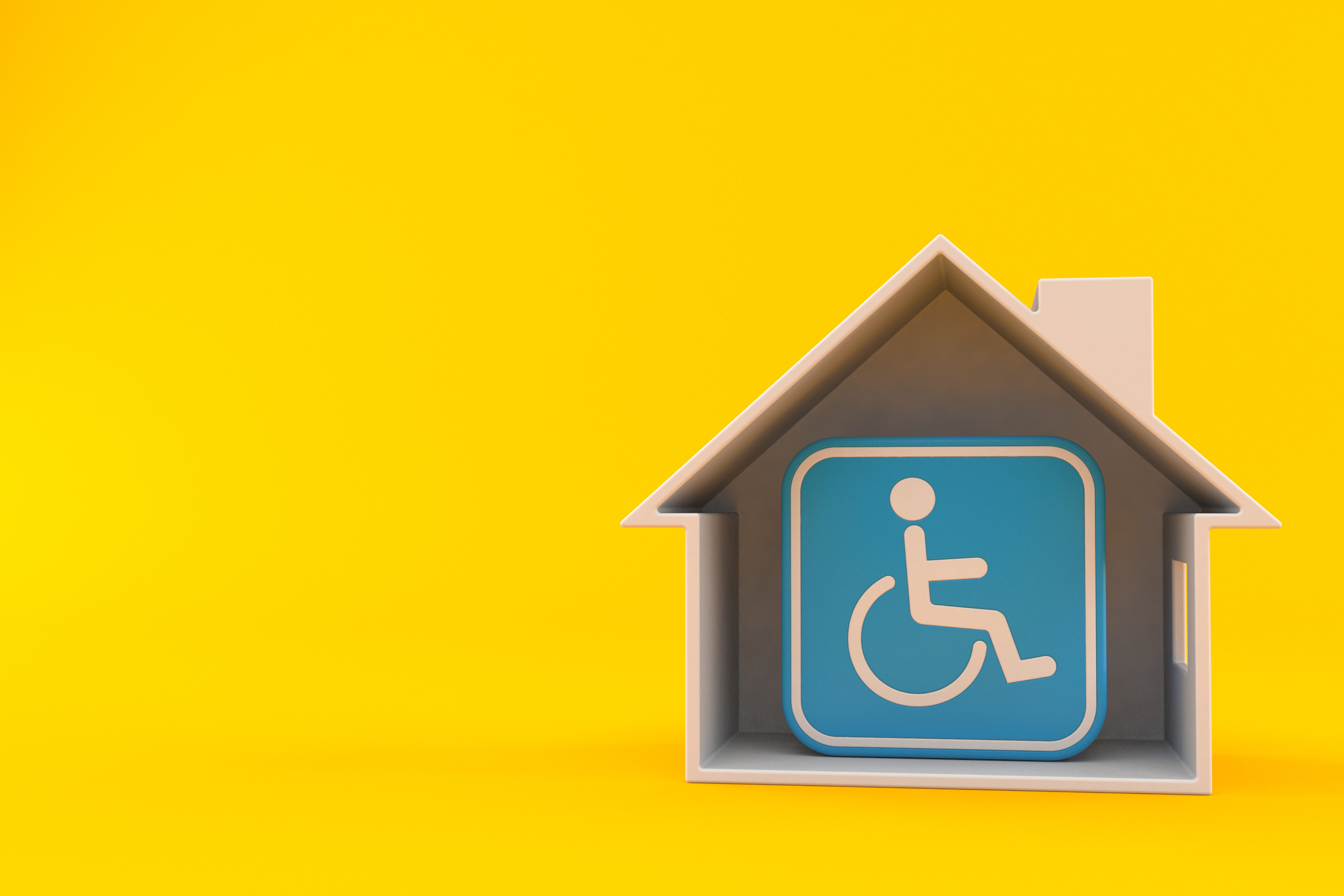
Home renovations as medical tax deductions
You may qualify for a medical expense deduction if you install special equipment in or make modifications to your home for medical reasons. Here are some common examples of medically necessary upgrades to a home:
- Adding ramps
- Widening doorways
- Installing handrails
- Lowering cabinets
- Moving electrical outlets
- Installing lifts or elevators
Costs for the operation and upkeep of these upgrades are also deductible as medical expenses if the upgrade itself is medically necessary.
You have to itemize to claim the deduction, and you can only deduct medical expenses that exceed 7.5% of your adjusted gross income (AGI). The deduction is also reduced by any increase in the value of your property. So, for example, if you spend $50,000 to install an elevator, and that increases your home's value by $40,000, you can only deduct $10,000 ($50,000 – $40,000).
For a detailed list of home improvements you can deduct as medical expenses see IRS Publication 502.
If you’re curious about what else you can deduct as medical expenses for long-term care, read: Deduct Expenses for Long-Term Care on Your Tax Return.
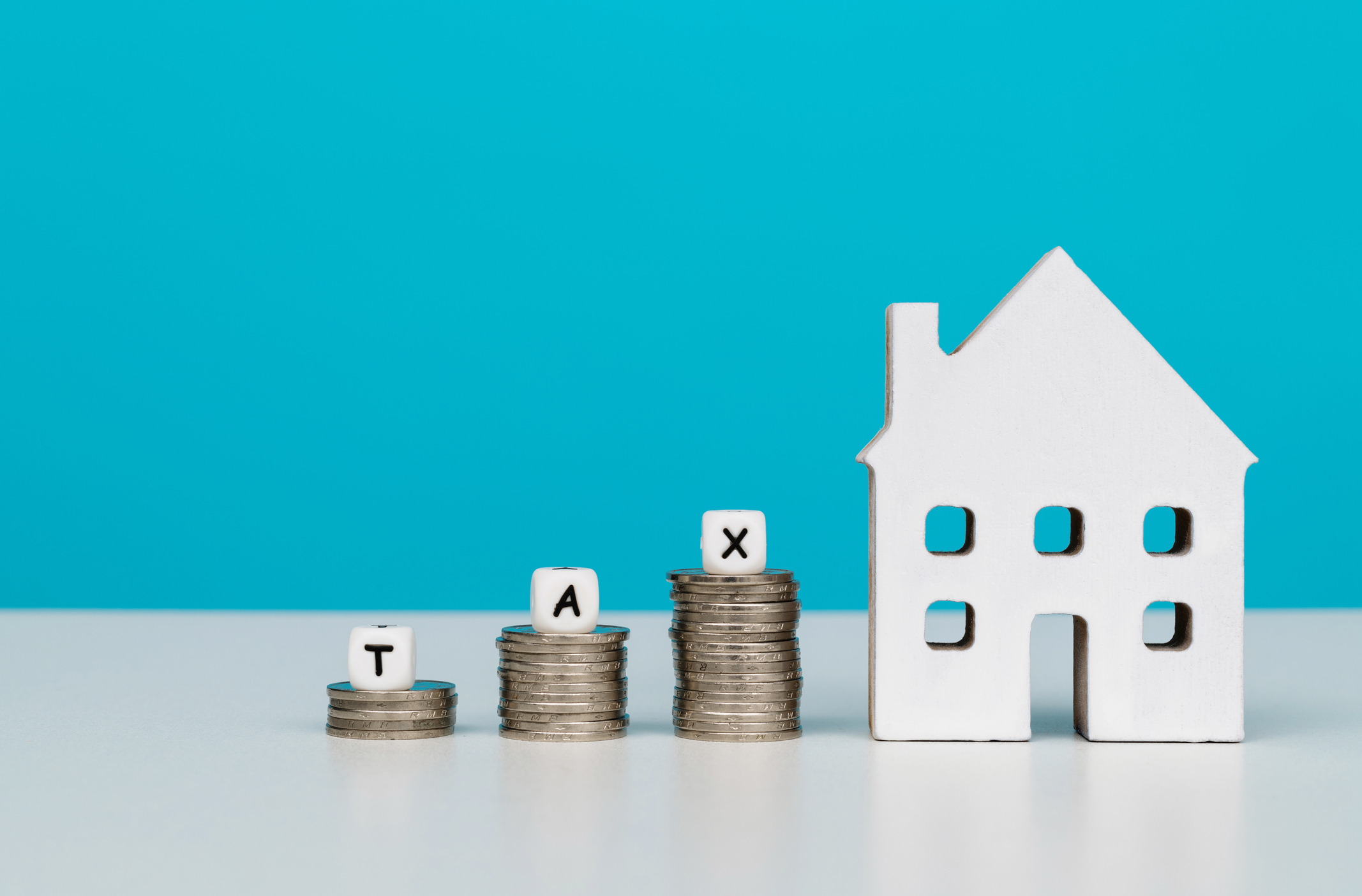
Property tax deduction
You might be able to deduct property taxes paid in 2024 on your federal income tax return. However, you must itemize to deduct real property taxes. These other types of taxes may be deductible, too.
- State income taxes
- Local income taxes
- Sales taxes
There's also a $10,000 limit ($5,000 if you're married but filing a separate return) on the combined amount deductible taxes, and not all property tax payments qualify.
Want to learn how to reduce your tax bill? See: How to Reduce Your Property Tax.

Forgiveness of debt on a foreclosure or short sale
In some cases, when a homeowner falls behind on mortgage payments, the lender may eventually reduce or eliminate the mortgage debt through a "short sale" or foreclosure.
Normally, when a debt is wiped clean, the amount forgiven is treated as taxable income. But, when it comes to mortgage debt forgiven as part of a foreclosure or short sale, up to $750,000 of discharged debt on a principal residence may be tax-free ($375,000 if married filing separately) for tax years 2021 through 2025. However, there are some exceptions.
- The exclusion only applies to a mortgage you took out to buy, build, or substantially improve your main home.
- The mortgage must also must be secured by your main home.
- Debt secured by your main home that you used to refinance a mortgage you took out to buy, build, or substantially improve your main home also counts, but only up to the amount of the old mortgage principal just before the refinancing.
No tax break is available if the discharge of debt is because of services you performed for the lender, or any other reason not directly related to a decline in your home's value or your financial condition. In addition, the amount excluded reduces your cost basis in the home.
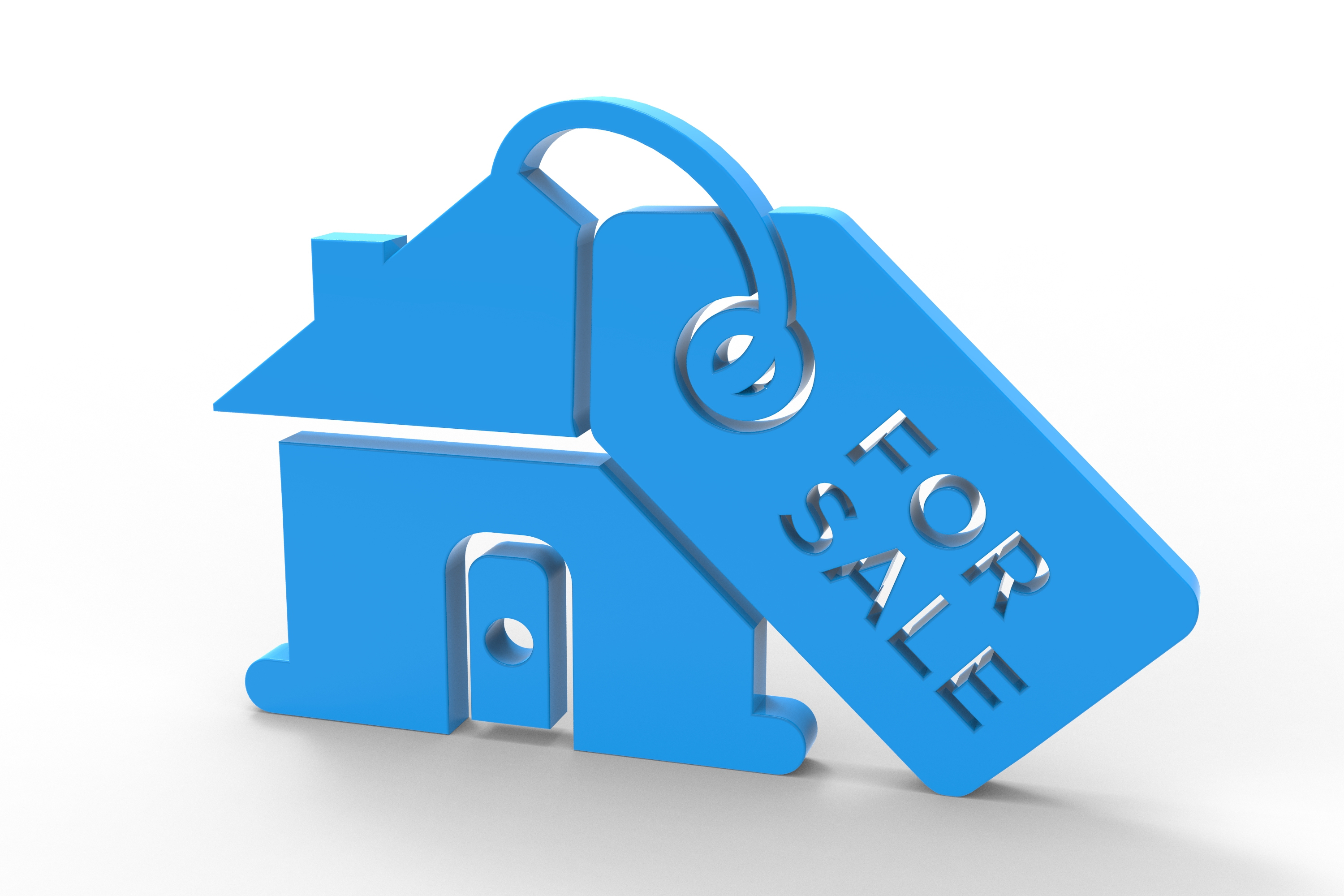
Capital gain exclusion when selling your home
You probably won't have to pay taxes on all or part of the gain from the sale. Your home is considered a capital asset. Normally, you have to pay capital gains tax when you sell a capital asset for a profit.
However, there is a capital gains tax exclusion for homeowners that can help. If you're married and file a joint return, you don't have to pay tax on up to $500,000 ($250,000 for single filers) of the gain from the sale of your home if all of the following apply:
- You owned the home for at least two of the past five years
- You lived in the home for at least two of the past five years
- You haven't used this exclusion to shelter gain from a home sale in the last two years
So, for example, if you bought your home five years ago for $600,000 and sold it for $700,000, you won't pay any tax on the $100,000 gain if all the exclusion requirements are satisfied. (Unfortunately, if you sold your home for a loss, you can't deduct the loss.) Any profit over the $500,000 or $250,000 exclusion amount is reported as capital gains on Schedule D.
If you don't meet all the requirements, you still might be able to exclude a portion of your home-sale profits if you had to sell your home because of a change in your workplace location, a health issue, a divorce, or some other unforeseen situation. The amount of your exclusion depends on how close you come to satisfying the ownership, live-in, and previous-use-of-exclusion requirements.
For more information on what’s taxable under capital gains read: Which Capital Gains Are Taxable and How to Calculate Your Tax

Increased basis when selling your home
If the capital gains tax exclusion doesn't eliminate your tax bill when you sell your home, you can still reduce the tax you owe by adjusting the basis of your home. Your taxable gain is equal to the sales price of your home minus the home's basis. So, the higher the basis, the lower the tax.
What you originally paid for the home is included in the basis. But you can also tack on various costs associated with the purchase and improvement of your home.
For example, you can include certain settlement fees and closing costs you paid when you bought the home. If you had the house built on land you owned, the basis includes the cost of the land, architect and contractor fees, building permit costs, utility connection charges, and related legal fees. The cost of additions and major home improvements can be added to the basis, too (but not basic repair and maintenance costs).
For more information see: Capital Gains Tax on Real Estate and Home Sales.
Related Content
Get Kiplinger Today newsletter — free
Profit and prosper with the best of Kiplinger's advice on investing, taxes, retirement, personal finance and much more. Delivered daily. Enter your email in the box and click Sign Me Up.
Rocky Mengle was a Senior Tax Editor for Kiplinger from October 2018 to January 2023 with more than 20 years of experience covering federal and state tax developments. Before coming to Kiplinger, Rocky worked for Wolters Kluwer Tax & Accounting, and Kleinrock Publishing, where he provided breaking news and guidance for CPAs, tax attorneys, and other tax professionals. He has also been quoted as an expert by USA Today, Forbes, U.S. News & World Report, Reuters, Accounting Today, and other media outlets. Rocky holds a law degree from the University of Connecticut and a B.A. in History from Salisbury University.
- Gabriella Cruz-MartínezTax Writer
- Katelyn WashingtonFormer Tax Writer
-
 10 Major AI Companies You Should Know
10 Major AI Companies You Should KnowThese 10 AI companies are at the forefront of machine learning. Find out how they’re driving innovation and jostling to be the biggest players in the game.
By Tom Taulli Published
-
 How Baby Boomers and Gen Xers Are Redefining Retirement Living
How Baby Boomers and Gen Xers Are Redefining Retirement LivingBoth generations need to embrace change and leverage real estate as a dynamic asset in their retirement planning. Here's how financial advisers can help, too.
By David Conti, CPRC Published
-
 Did Florida’s Chance at $1,000 in Property Tax Rebates Vanish?
Did Florida’s Chance at $1,000 in Property Tax Rebates Vanish?State Taxes The Florida Legislature bypassed Gov. Ron DeSantis’ wish to cut property taxes and instead voted to lower the state’s sales tax.
By Gabriella Cruz-Martínez Published
-
 How Caregivers for Adults Can Save on Taxes in 2025
How Caregivers for Adults Can Save on Taxes in 2025Tax Breaks Caring for your parent or spouse can be stressful, but the IRS offers tax breaks for qualifying taxpayers. Here they are.
By Kate Schubel Published
-
 New South Carolina Income Tax Cut Might Eat Your Cash
New South Carolina Income Tax Cut Might Eat Your CashState Taxes South Carolina’s flat income tax bill could have the majority of residents paying higher income taxes. Find out how.
By Kate Schubel Published
-
 Tax-Deductible Home Improvements for Retirement in 2025
Tax-Deductible Home Improvements for Retirement in 2025Retirement Taxes Your aging-in-place plan could benefit from the medical expense tax deduction. But watch out for capital gains and property taxes.
By Kate Schubel Published
-
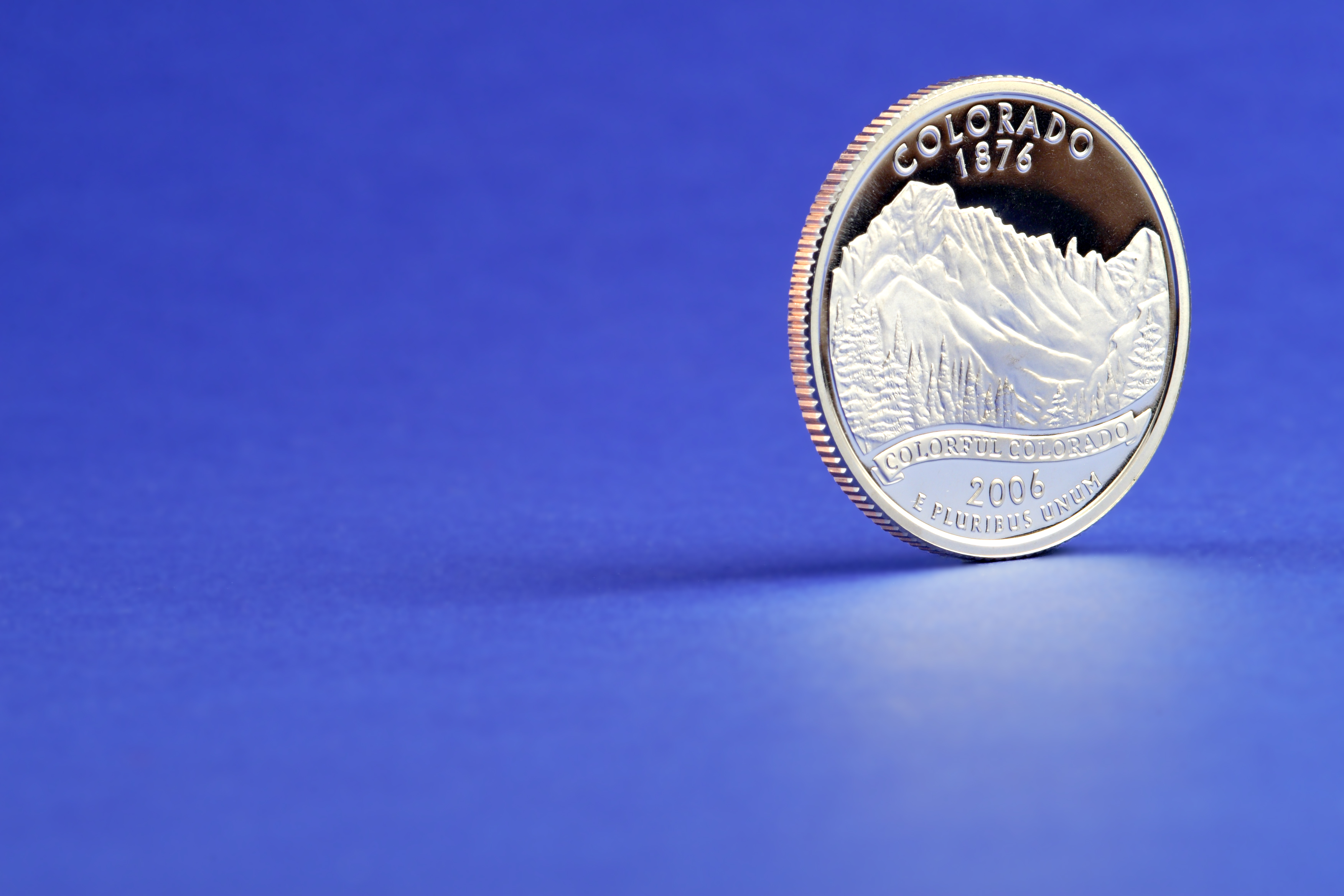 New Colorado Tax Credit: What’s the Scoop?
New Colorado Tax Credit: What’s the Scoop?State Tax Everything you need to know about the Colorado family affordability tax credit in 2025.
By Kate Schubel Published
-
 Key Family Tax Breaks Are on the GOP Chopping Block This Year
Key Family Tax Breaks Are on the GOP Chopping Block This YearTax Credits Several tax breaks, including the Child Tax Credit, may face reforms or be cut entirely as lawmakers seek revenue for Trump’s tax plans.
By Gabriella Cruz-Martínez Last updated
-
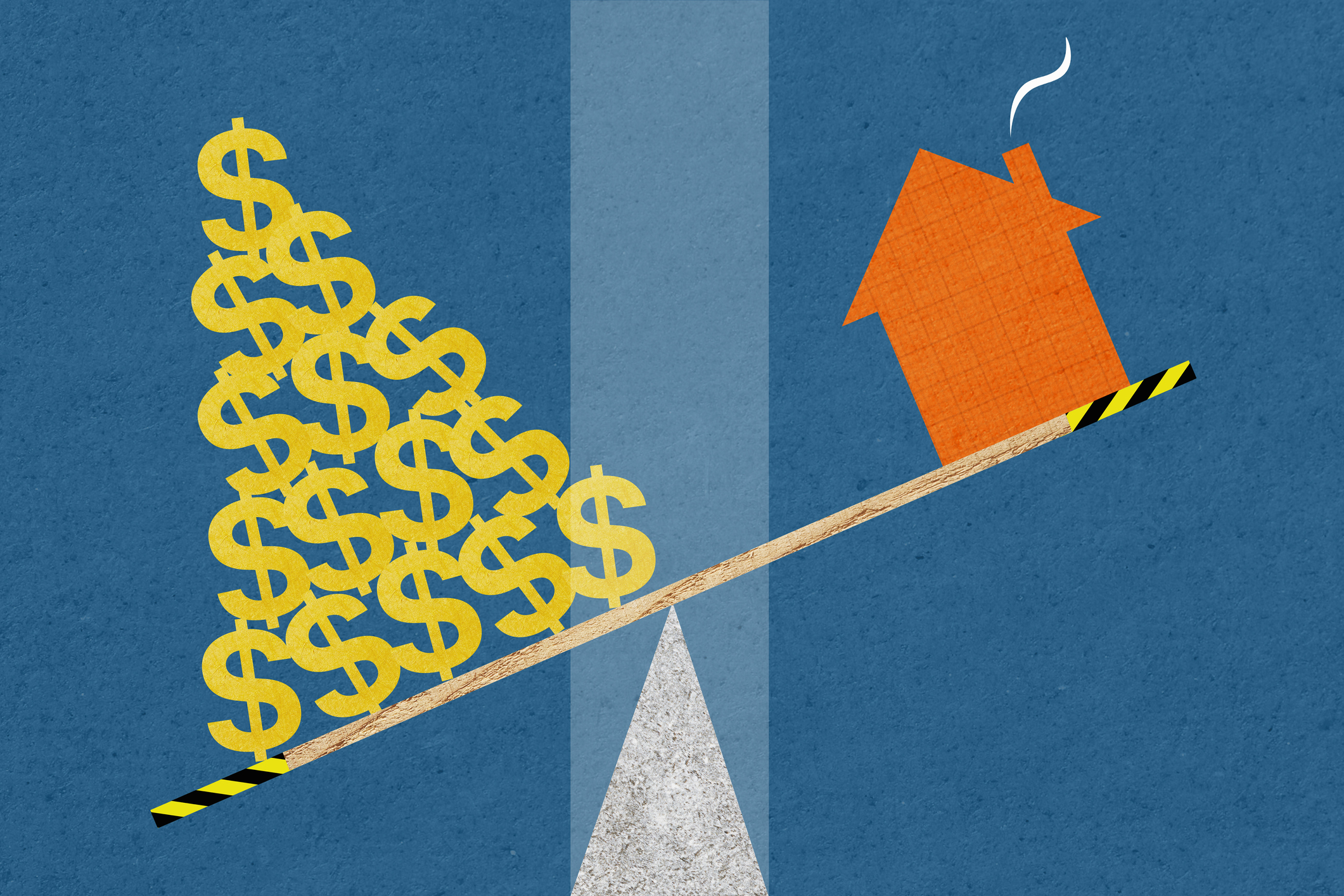 What's Going on With New Jersey Property Tax Programs?
What's Going on With New Jersey Property Tax Programs?Property Tax ANCHOR and ‘Senior Freeze’ just got a refresh, and there’s a new program: Stay NJ. Learn how to save on New Jersey property taxes.
By Kate Schubel Published
-
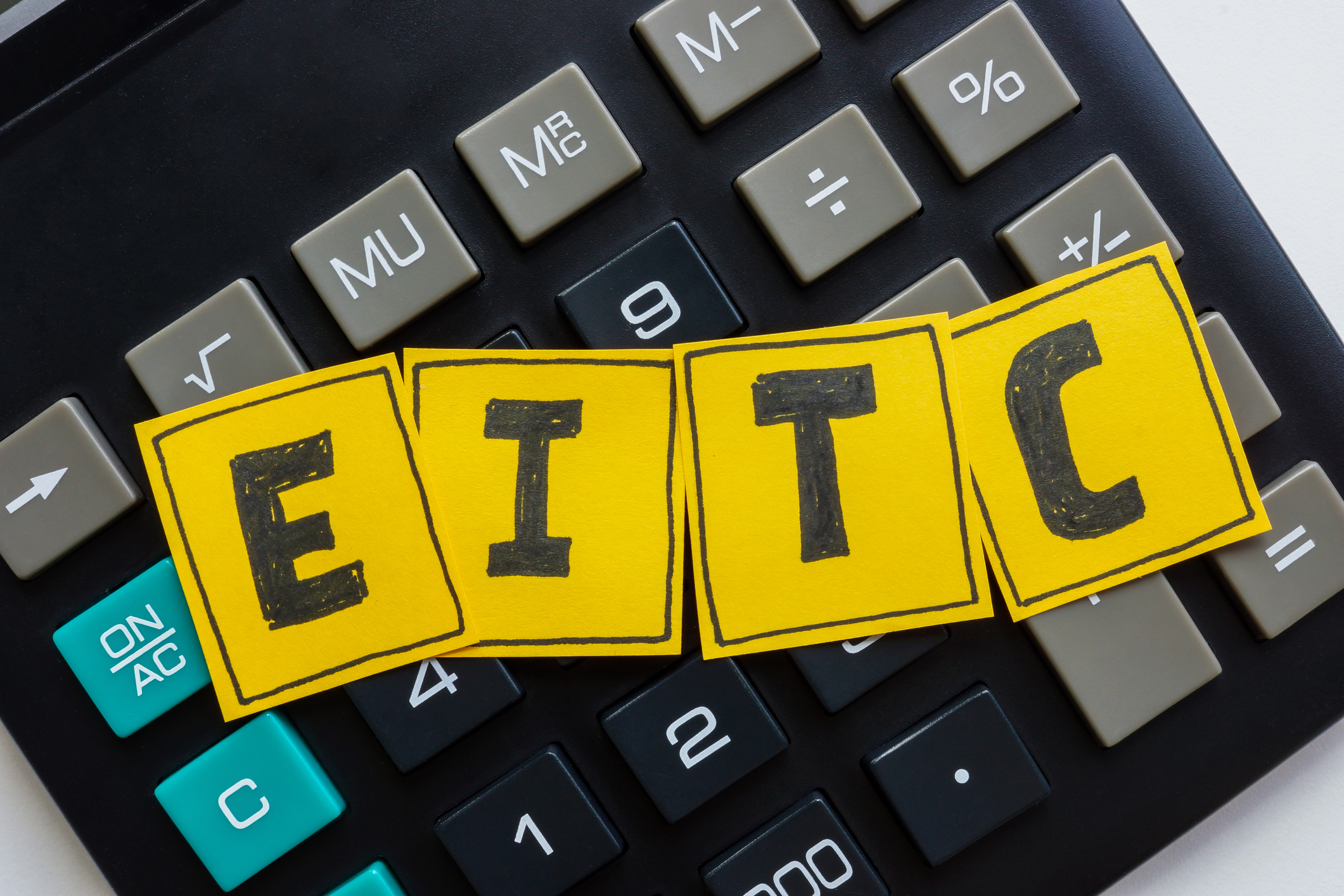 Five States With the Largest EITC Checks
Five States With the Largest EITC ChecksEITC Households in these states received a larger Earned Income Tax Credit (EITC) last year.
By Gabriella Cruz-Martínez Published
